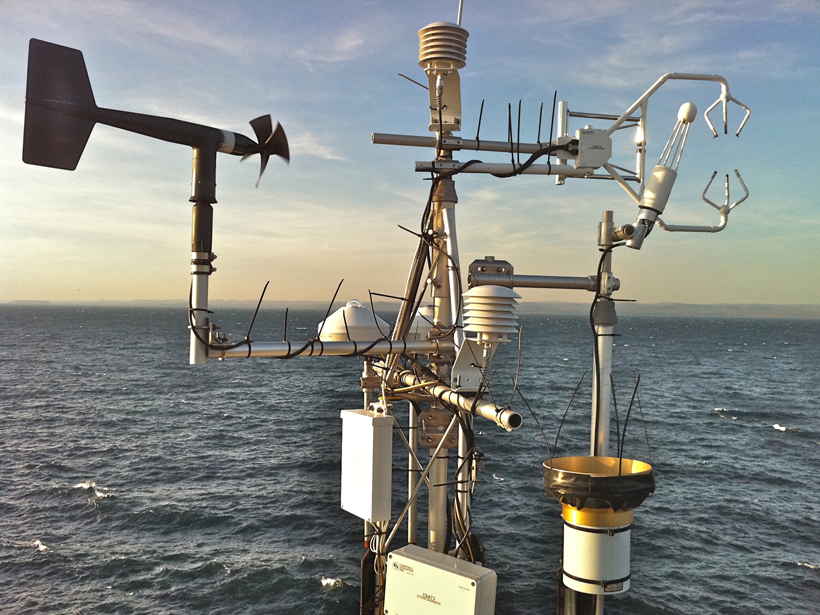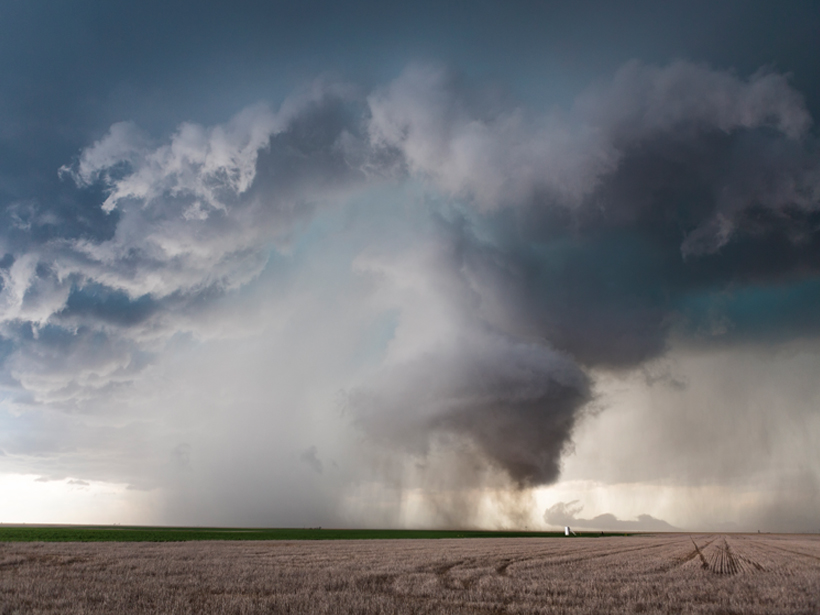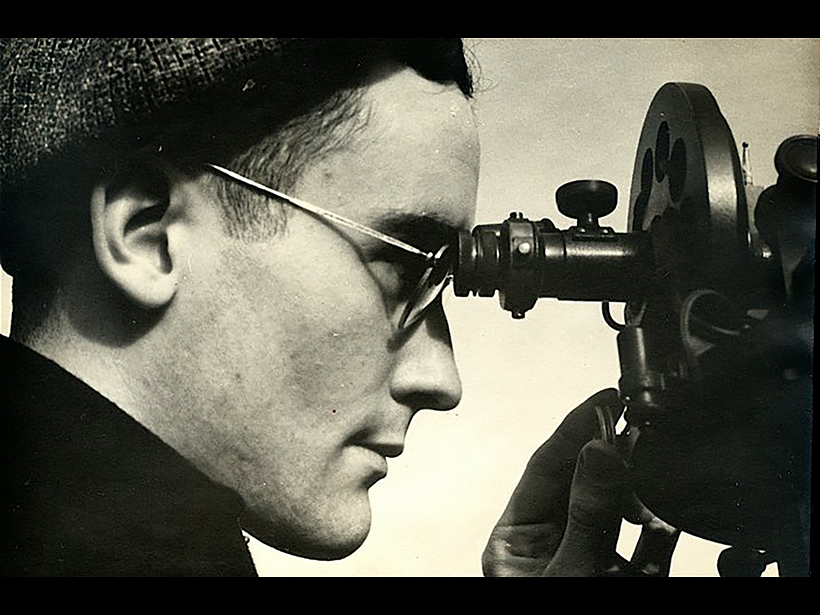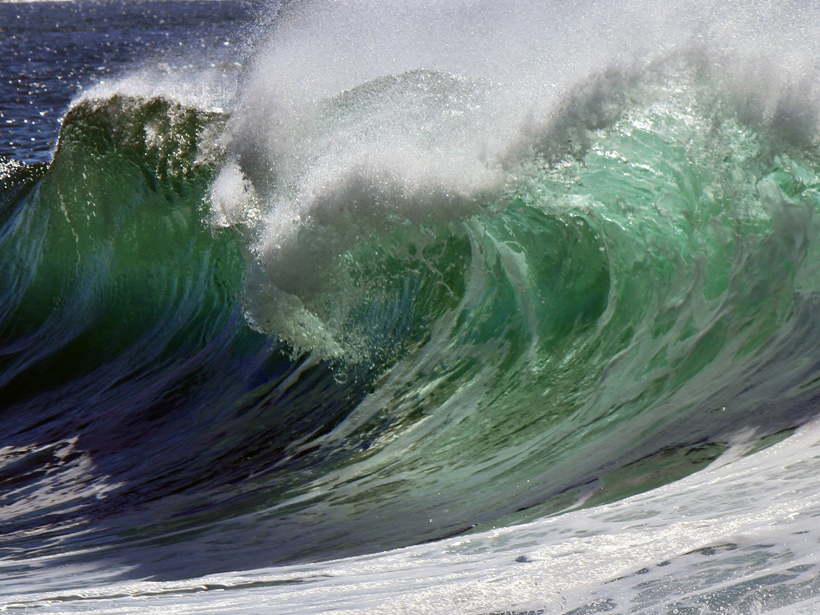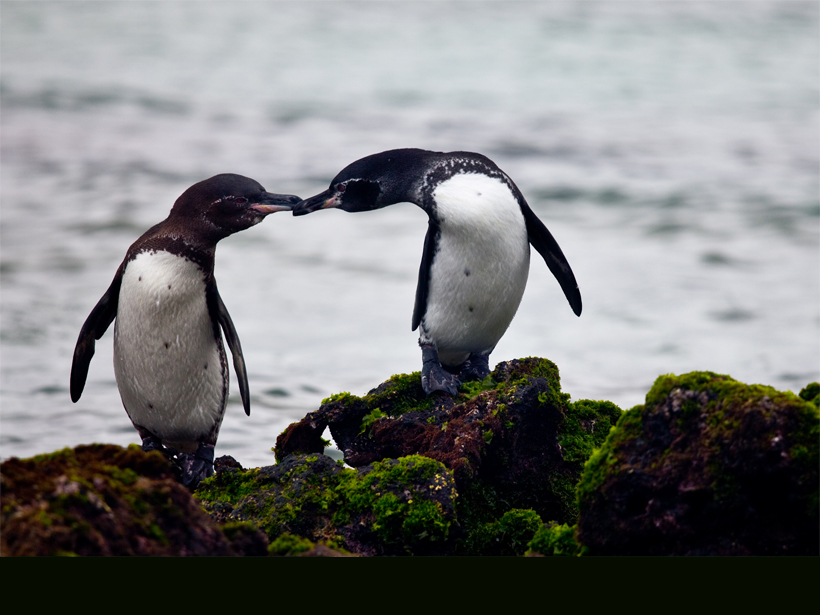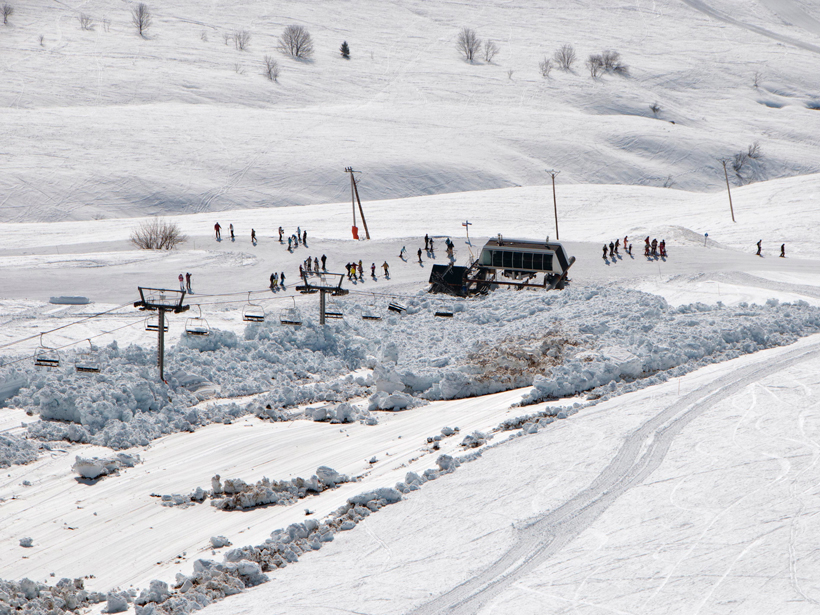With the United Nations climate change conference imminent, the U.S. special envoy for climate change optimistically outlined what sort of agreement could drive the transition to a low-carbon world.
Authors who want CC-BY-NC 2015
Managing the Carbon Cycle Requires Strong Science
For future climate change mitigation strategies to be effective, carbon cycle science must receive a major boost.
Forecast Versus Reality: High-Resolution Weather Prediction
Researchers test the High-Resolution Rapid Refresh model with real-life observational data to evaluate forecast accuracy.
Purple Hearts Honor Four Meteorologists Killed in World War II
Seventy-three years after they died in a German U-boat attack, a ceremony posthumously honors the U.S. Weather Service workers and highlights the importance of weather forecasting during the war.
Aftershocks of Old Quakes Still Shake New Madrid Seismic Zone
Geodetic data show that earthquakes in 1450 and 1811–1812 may be responsible for present-day seismic activity in the region.
Earth's Water Came from Space Dust During Planetary Formation
A new analysis of lava from the deep mantle indicates that water-soaked dust particles, rather than a barrage of icy comets, asteroids, or other bodies, delivered water to the newly forming Earth.
How Your Gift Can Keep on Giving
A new incentive program will award up to $5000 in unrestricted funds to each American Geophysical Union section or focus group with enough donors making contributions this year of $50 or more to any AGU funds.
Cooling Galápagos Sea Surface Temperatures Affect Local Penguins
The Galápagos cold pool is expanding northward as a result of climate change, and local penguin populations are rising.
New Study Reveals How Much Groundwater Remains
Researchers have calculated for the first time the volumes of recently accumulated groundwater reserves worldwide—the "young" groundwater that most of humanity depends on.
Slow-Moving Glide Avalanches Still Pack a Punch
Predicting glide avalanches and explaining how they work are difficult tasks, but the forces they exert can be calculated fairly well.


